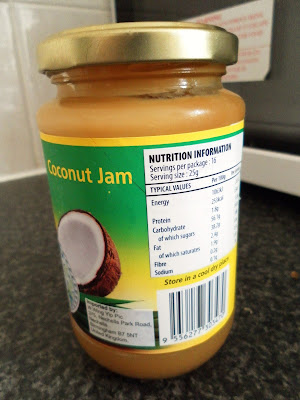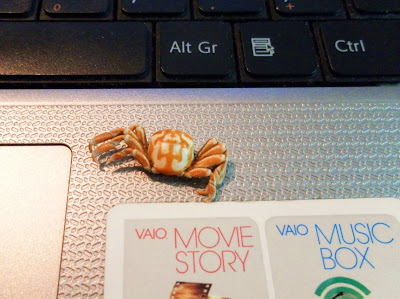Chinese Red Dates (pronounce as "Hong Zao" in Mandarin) or commonly known as JUJUBE for the English, is one of the world oldest fruits, used in ancient Chinese medicine for many nutritional remedies. Red dates are widely considered as the "living vitamin pill" by the Chinese. It has been listed in the five important fruits, namely, peach, plum, wax berry, apricot and red date, since ancient times. In China, they are the most commonly known fruit and rate as popular as the apple tree in this country. It is thought to be native to North Africa and Syria, but moved east through India to China. In China have been discovered to have lasted on earth for almost 8000 years already, originating from the Zhou dynasty. Archaeologists have found the fossil of a date core in the cultural site of Feiligang, Xinzheng, which is a testament to its 8000 year history of production in China. As early as the Western Zhou Dynasty, fermented red dates were used to make red date wine, which was served as a tribute or used to treat guests and friends. In the remote antiquity, people had found that red dates could supplement nutrition and improve health conditions.
There are two types of the fruit commonly found on the Chinese market: red and black. The red one is called hongzao (hong= red); this one is used for food, and it is collected in vast quantities. The dark brown or black one is heizao (hei= black), more often called dazao (da=large), since this one is somewhat larger. These are not different species but different types, just as one can find, for example, a variety of small red apples and another of large green apples.
The red date tree can withstand any torrent weather; hence, it has been easily adapted as a farm craft in these regions. In the succeeding years, the China red dates and chestnuts have been recorded to alleviate famine in the country during the Qin State, hence it has become one of China’s major crops. China red dates offer a variety of usage in terms of cooking and medicine. Some regional growers cultivate the tree to afford themselves of the therapeutic effect of the fruit, while others are fond the china red date’s culinary use.
Chinese believed that eating the fruit from the red date tree would improve a person’s stamina and strength, as well as an improvement in the function of the liver and the immune system. Nutritionists have found that the fruit of the jujube tree contains beneficial concentrations of Vitamins A, B2, and C. The jujube also contains minerals necessary for health, such as phosphorus, calcium, and iron. In fact, the common belief is that if the fruit is taken on a daily basis, it will improve skin color and tone, both signs of physical well being.
In the old days, diseases that caused the body to waste away were called wasting syndromes. The ancients knew which plants would reverse this process and allow the body to build itself back up again, and the jujube was one of these plants. Its fruits are said to increase the flesh and strength of the seriously ill, reversing the process of disease. To my mind, preventative medicine is where it's at, and if the plant can restore a wasting body, one can only imagine what it could do for a reasonable healthy body under stress. Chinese do stipulate, however, that the jujube should only be used fresh in wasting conditions, as it can cause fever otherwise.
The culinary use of red dates in China varies from region to region and even needs. The red dates in china are usually eaten as a snack or served with tea for an afternoon relaxation or for guest accommodation. Some tea houses in Shenzhen offer sweetened tea syrup that contains jujube fruits or they are presented in packet teabags that can be bought for home consumption.
Herbal soups made from a combination of red dates, astragalus, dried goji berries, ginseng, and dang gui were fed to those recovering from surgery to improve immunity, strengthen the body and prevent relapses. I use red dates most of my herbal soup, as well as part of the cooking. Having red dates in my kitchen is the same as having tea bags in most of the English families.











































